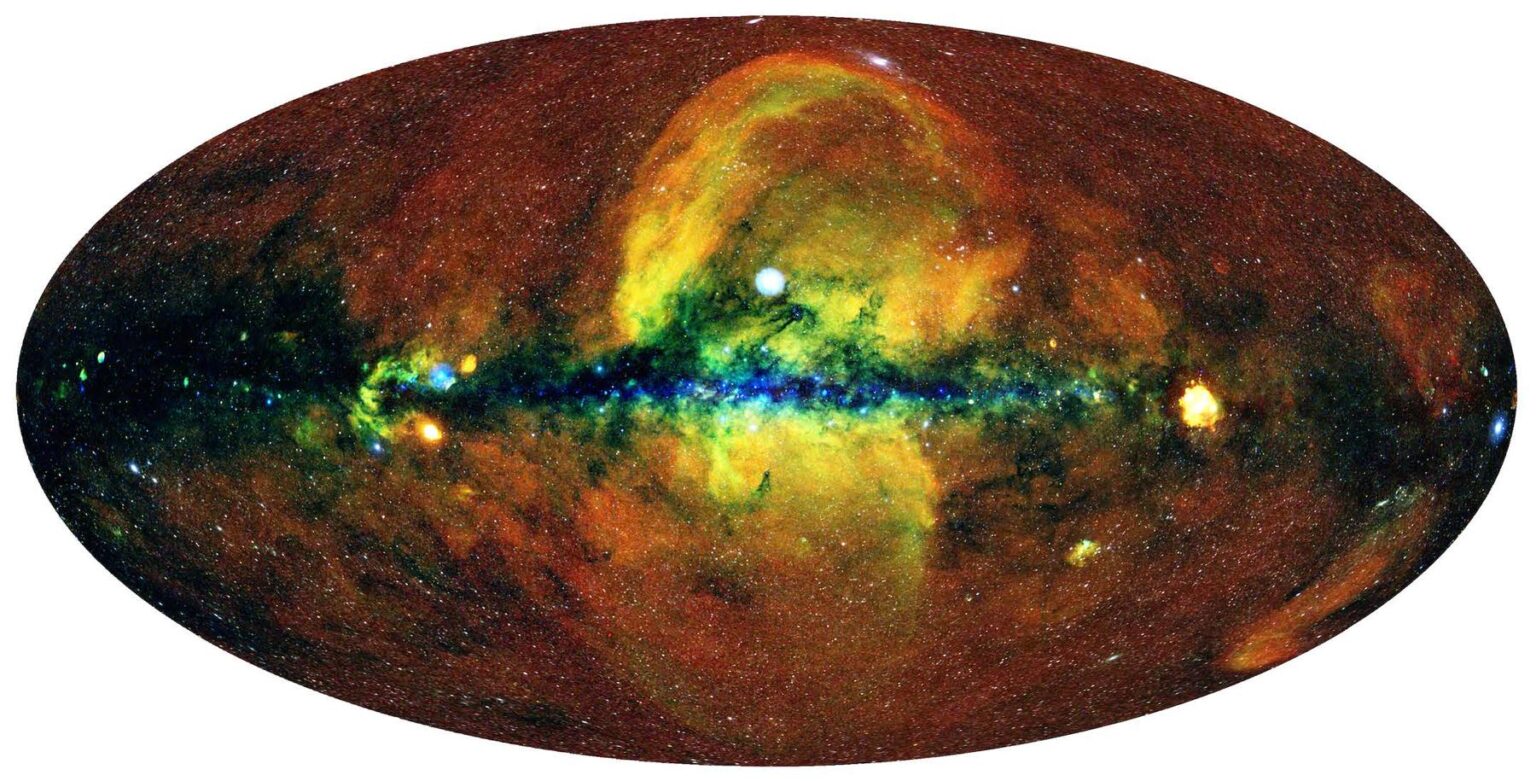Scientists processing data from the eROSITA Space Telescope have published the most comprehensive X-ray survey of the sky to date. It contains more than 900,000 radiation sources.

eROSITA Telescope
The German eROSITA consortium has published data from its part of the first survey of the entire sky using the soft X-ray telescope of the same name. The work was published in the journal Astronomy & Astrophysics. Together with the data, the consortium has published a series of scientific papers describing related research, ranging from studies on the suitability of planets to the discovery of the largest space structures.
A rather unpleasant story happened with the eROSITA space telescope. The Europeans placed it on board the Russian Spectrum-RG satellite. It successfully collected data for a couple of years, but did not have time to complete its full work at the time of the large-scale invasion. The scientists refused to cooperate with the aggressor country, and it simply tried to steal the instrument.
Then the Russians did not succeed, but the research hung in the air. And finally, German scientists published the first survey of the sky, which was named eRASS1. It includes the results of research from December 12, 2019, to June 11, 2020.
The most detailed catalog of X-ray sources
Based on just the first six months of observations, eROSITA has already discovered more sources than were previously known in the 60-year history of X-ray astronomy. Now the data available to the global scientific community is revolutionizing our knowledge of the universe at high energies.
In the most sensitive energy range of the eROSITA detectors (0.2-2 keV), the telescope recorded 170 million X-ray photons, for which the cameras can accurately measure the incoming energy and arrival time. In total, more than 900,000 sources were discovered.
Among them, 710,000 supermassive black holes in distant galaxies (active galactic nuclei), 180,000 X-ray-emitting stars in our own Milky Way, and 12,000 galaxy clusters. There are also a small number of other exotic classes, such as X-ray-emitting binary stars, supernova remnants, pulsars and other objects.
Along with the release of the data, the German eROSITA consortium has submitted almost 50 new scientific publications to journals, adding to the more than 200 that have already been published by the team before. They are devoted to an incredibly wide range of topics, from intergalactic gas to black holes, which quasi-periodically emit matter.
According to phys.org
Follow us on Twitter to get the most interesting space news in time
https://twitter.com/ust_magazi


